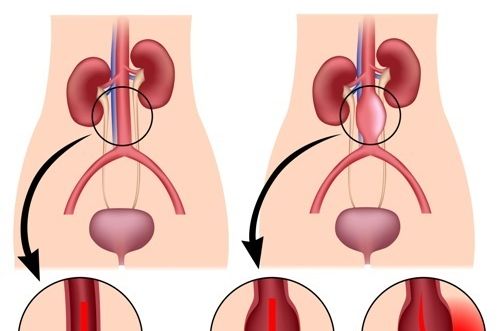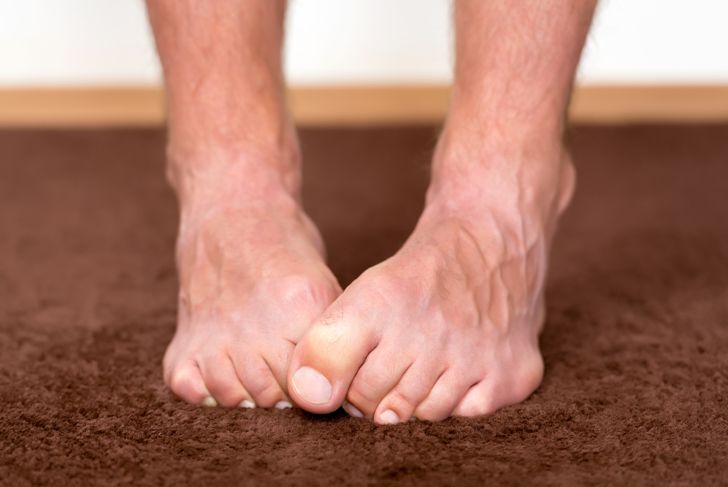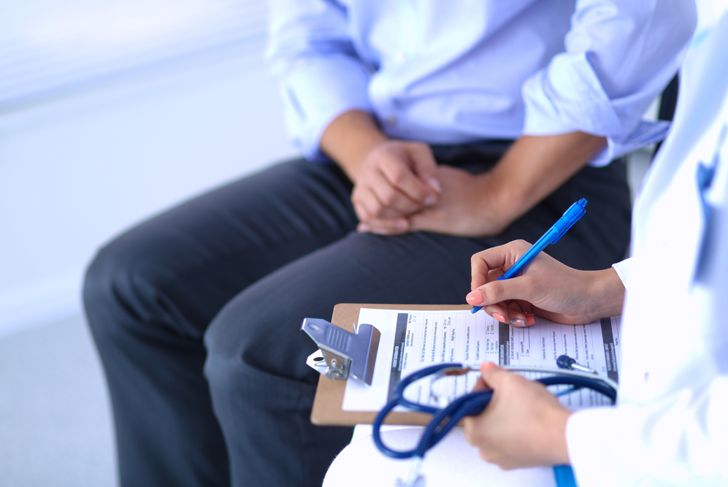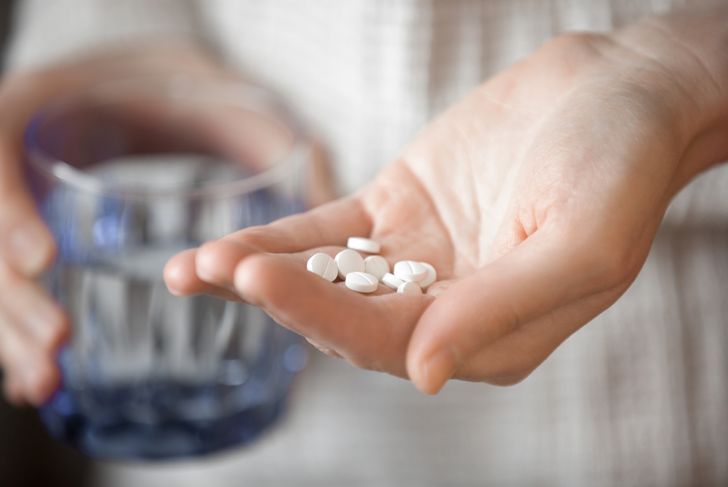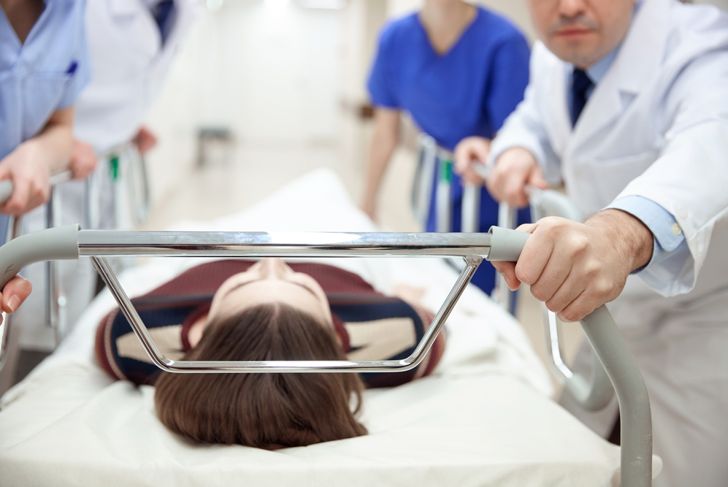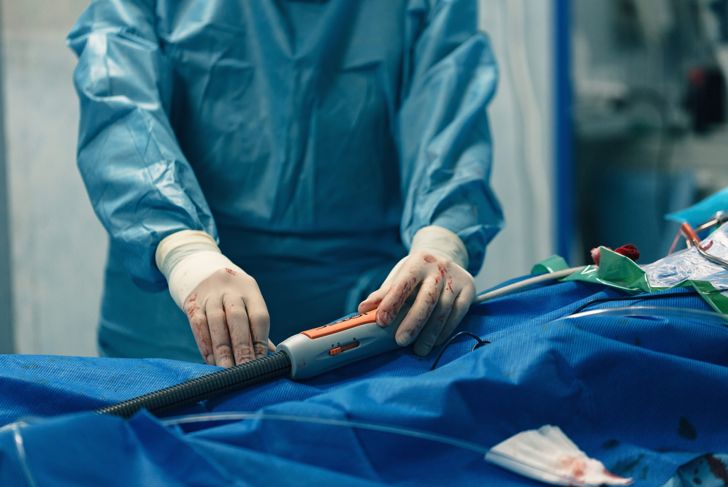An enlargement of the wall of a blood vessel is known as an aneurysm. It is generally localized and filled with blood. It can happen to any blood vessel including the aorta. An abdominal aortic aneurysm does not have many detectable symptoms. Treatment depends on how fast the balloon-like bulge is growing. Keep reading to learn more about the symptoms and treatments of an abdominal aortic aneurysm.
A Pulsating Near the Navel
Your aorta is the main artery that runs oxygenated blood throughout the entire body. It travels from the heart down the center of the chest and abdomen, where it splits off into two smaller arteries. The aorta is as thick as a garden hose. It only makes sense that you might feel a pulsating in the middle of your abdomen depending on the location and size of the abdominal aortic aneurysm.
Abdominal Pain
This is a vague symptom of an abdominal aortic aneurysm that you might experience, but not realize the cause. The enlargement usually grows slowly, so it can be hard to detect symptoms at all. If you notice a dull but constant pain in your abdomen, don’t ignore it. You may also have pain on the side of your abdomen.
Back Pain
Some abdominal aortic aneurysms stay small, but others can expand either over time or rapidly. Back pain, like abdominal pain, can be the result of several ailments from pulling a muscle to an aneurysm. However, if you ever have severe sudden back pain (or abdominal pain), then you should seek medical attention immediately. Remember, the aorta runs down the center of your body from your heart to your abdomen, so you feel an enlargement in this main artery from your back, too.
A ‘Cold Foot’
This unofficial medical term refers to a black or blue toe. This painful condition happens if the abdominal aortic aneurysm creates a blood clot, which can restrict circulation to the feet. Without proper blood flow through to the legs to the toes, you may notice this discoloration of the feet.
Fever and Weight Loss
Although both of these symptoms are vague and apply to numerous illnesses, they are signs of an inflammatory aortic aneurysm. While some abdominal aortic aneurysms are brought on by age, genetics, or the hardening of arteries, others are caused by infections or inflammation. In that case, both fever and weight loss are symptoms. Depending on the location of the enlargement, other organs or parts of the body might also become obstructed by inflammation.
Treatment: Medical Monitoring
If you are not experiencing any symptoms, but a small abdominal aortic aneurysm was detected during a routine screening, then your doctor might recommend medical monitoring. Although it is not really a treatment per say, the process involves visiting your doctor regularly to undergo imaging tests to check on the size of an aneurysm. Abdominal ultrasounds will be suggested every six months depending on how fast it’s growing.
Treatments: Medications
Besides monitoring the abdominal aortic aneurysm through routine visits, you might have to take medication. For example, if you have high blood pressure, you can take a beta-blocker. In turn, a beta-blocker can also slow down the rate at which the enlargement grows. A prescription to treat high cholesterol is common, too. Not only will these drugs help lower your chance of a ruptured aneurysm, but they can reduce your risk of other illnesses such as cardiovascular disease.
Treatment: Open Abdominal Surgery
An abdominal aortic aneurysm that grows to about five centimeters or larger requires surgery. During open abdominal surgery, the damaged part of the aorta is removed and replaced with a synthetic tube. Also known as a graft, the tube is sewn into place. It takes at least a month to recover from this operation.
Treatment: Endovascular Surgery
This surgery is less invasive compared an open procedure. Endovascular surgery is when a woven tube covered in metal mesh support is attached to a thin catheter. Doctors insert this graft into a leg artery and thread it up into the aorta to be fastened at the site of an aneurysm. The aim is to reinforce the damaged section enough to prevent it from rupturing. Recovery time for endovascular surgery is shorter compared to open abdominal surgery, but not everyone is qualified depending on their condition.
Treatment: Lifestyle Changes
If you are a smoker, try to quit immediately. It’s okay to ask your doctor for help or use a nicotine alternative as you slowly say no. Do whatever it takes to kick the habit because smoking cigarettes raises the chance of an abdominal aortic aneurysm growing and rupturing. Limiting alcohol consumption and eating a healthier, well-balanced diet can also help, too. Try exercising for 30 minutes a day, five days a week. It does not have to be running or lifting weights; any activity that gets your heart rate pumping is helpful.

 Home
Home Health
Health Diet & Nutrition
Diet & Nutrition Living Well
Living Well More
More